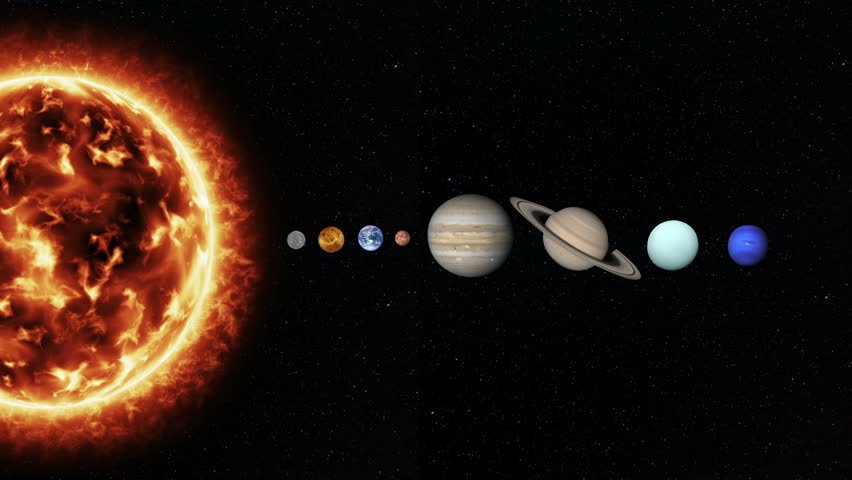More often than not, mankind gained knowledge of the universe the same way a child learns about society. Just like a growing child progressively becomes of the larger units of human organization— Family, neighborhood, city, and so on. Astronomers have slowly endorsed the hierarchical arrangement of the heavens. So, the astronomers come up with the idea of extraterrestrial life to find the possibility of the existence of life beyond Earth.
A few mind-blowing questions have been asked throughout the history of astronomy are, can life exist beyond the Earth? If so, what form might it likely take? Are there other solar systems like ours? And how many solar systems are in our Milky Way galaxy?
Further findings for extraterrestrial life (ET-Life) led to an entirely new branch of science—Exobiology, though we cannot find exact answers so far.
There is still a sizeable discussion about the origin of extraterrestrial life. In the early 20th century, Swedish scientist Svante Arrhenius proposed the “panspermia theory”, according to which life on Earth did not stem here but was brought by some of the meteorites that collided with Earth. Though this idea never met much support due to the complexities, it further resulted. Later, Sir Fred Hoyle revived the idea on his hypothesis; life on Earth originated somewhere in Space and was brought here by a Comet. This idea was too mere support because whole recourses of Space were mandatory rather than a restricted area like planet earth.

In carrying out practical research for the extraterrestrial life on other planets as in our solar system, the scientists had to be dependent on the space research method, so the world, like the moon, might rule out at once. Venus is also ill-suited in every quarter since the giant and closest planet to the Earth has no solid surface. Saturn’s satellite Titan and Enceladus seem good candidates for ET-life since all ingredients of life are evident there. But the shallow temperature appeared to preclude them.
We left with only one candidate—Mars, which has always been regarded as the possible abode of life. After a decade’s long research and analysis carried out by NASA’s multiple Mars rovers, scientists still lack confidence that they could colonize Mars in the future.
Astronomers, therefore, shifted their search to beyond our solar system and have discovered dozens of potentially habitable planets in other solar systems—called “Super-Earths” concerning extraterrestrial life. In February 2017, they caught another solar system—Trappist-One, quite similar to our solar system and had seven earth-sized planets in its habitable zone. Since then, the researchers came across plenty of places that could park as men’s first interstellar colonies.
To date, astronomers have discovered more than 3200 stars with planets orbiting them in our Milky Way galaxy. But, our planetary system is the only candidate named “Solar System”. Our Sun is of the about 200 billion stars in our galaxy. So, one couldn’t disregard the possibility of more such planetary systems waiting to be discovered.
With the recent launch of the James Webb Space Telescope (JWST), mankind enters into a new era of discoveries in astronomy. JWST is a giant, most complex, and powerful telescope ever built. A substantial fraction of the JWST observing programme will be devoted to studying exoplanets and their atmosphere.
JWST will most likely briefly study our home planetary system, like the atmosphere of gas giants Jupiter and Saturn, and closely analyze the ice giants Neptune and Uranus. Its great sensitivity will enable the identification and characterization of comets and icy bodies in the outermost region of our solar system.
On the historical launch of JWST, Scientia Pakistan brings its exclusive edition with the theme “Solar System”. We have got exciting stories on Space and the human body, an analysis of research at ISS, the Tiny world Ceres, possibilities of colonizing Mars, history of Comets, Rings of Saturn, the historic launch of JWST, Parker Solar Probe, and a documentary review on The Farthest, and much more.
We have reached out to Pakistan’s astronomy circle and interviewed Astrophysicist Faisal-ul-Rehman, and an ambassador to Dark skies, Rayan Khan.
Summing up, this edition will be an excellent entertainment for astronomy enthusiasts worldwide. Have a fantastic read!
Also Read: Book Review; Islam, Sci-Fic & Extraterrestrial Life by Jörg Matthias Determann

Saadeqa Khan is the founder, CEO, & Editor-in-Chief of Scientia Pakistan. She’s a member of the Oxford Climate Journalism Network (Second Cohort) and NASW. Saadeqa is a fellow of NPF Washington, The Falling Walls Foundation, and the Science Journalism Forum. Saadeqa has won several international journalism grants and awards for her reports.

